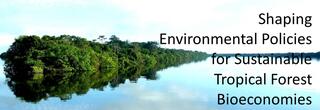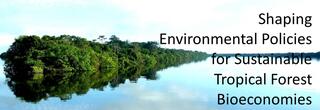Spatial and Temporal Dynamics of Land Use Change
Patterns of tropical deforestation can be extremely heterogeneous both spatially and over time. In the Brazilian Amazon, deforestation was historically driven by geopolitical interests that supported the occupation of the sparsely populated areas in Northern Brazil. Large tracts of land were cleared along existing and new highways in Mato Grosso, Rondonia and eastern Pará, often promoted by agricultural support and economic development programs. Today, Amazon land use and land cover change (LUCC) is driven by increasingly complex dynamics involving both exogenous and endogenous underlying and proximate factors including environmental policy. In addition land users (agents) interact among each other creating LUCC dynamics that are difficult to replicate and predict using standard economic modelling approaches. We use both primary and secondary data on local agent behavior and broad regional LUCC dynamics to (1) characterize LUCC patterns emerging from dominant agents’ (e.g. cattle producers) land use decisions and (2) explore alternative land use scenarios using spatially explicit agent-based models that account for the diversity of land-use agents and relevant interactions in time and space. Our goal is to develop recommendations on how environmental and tropical forest conservation policies can be more effectively and equitably adapted to agent-specific local circumstances.




